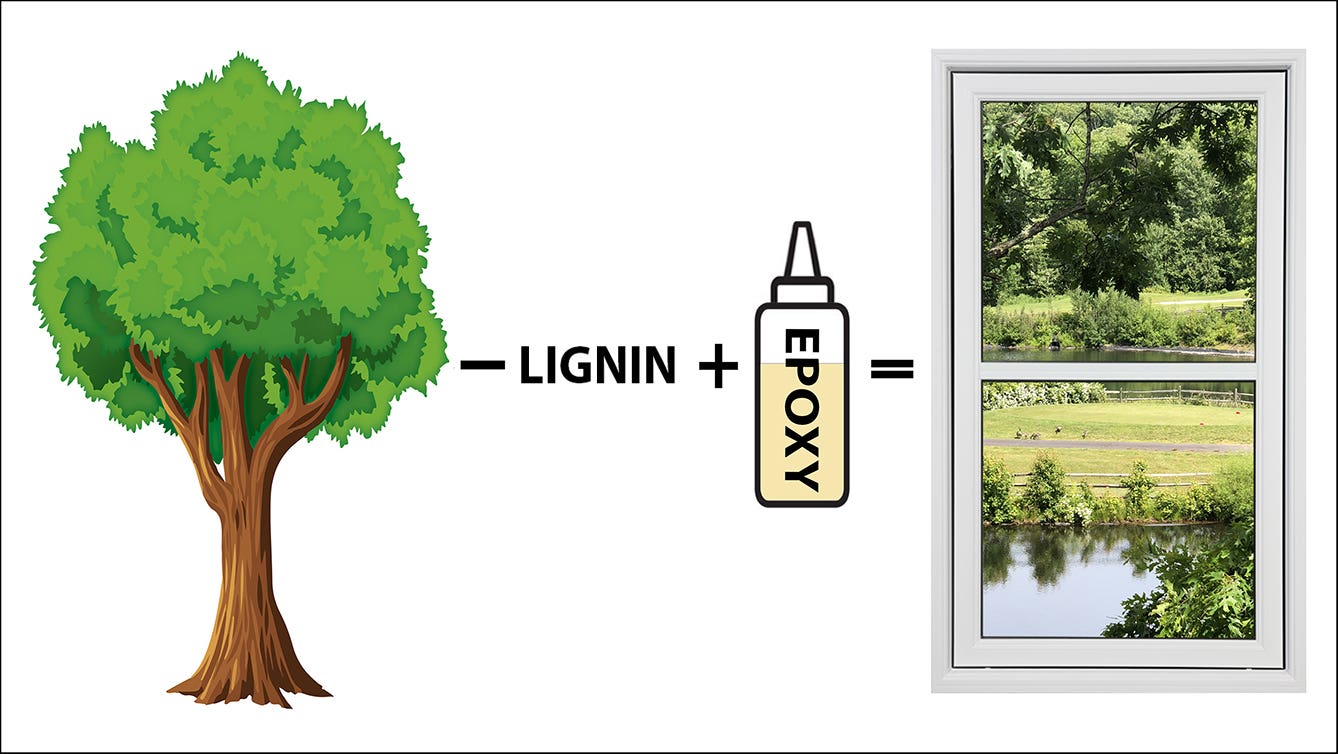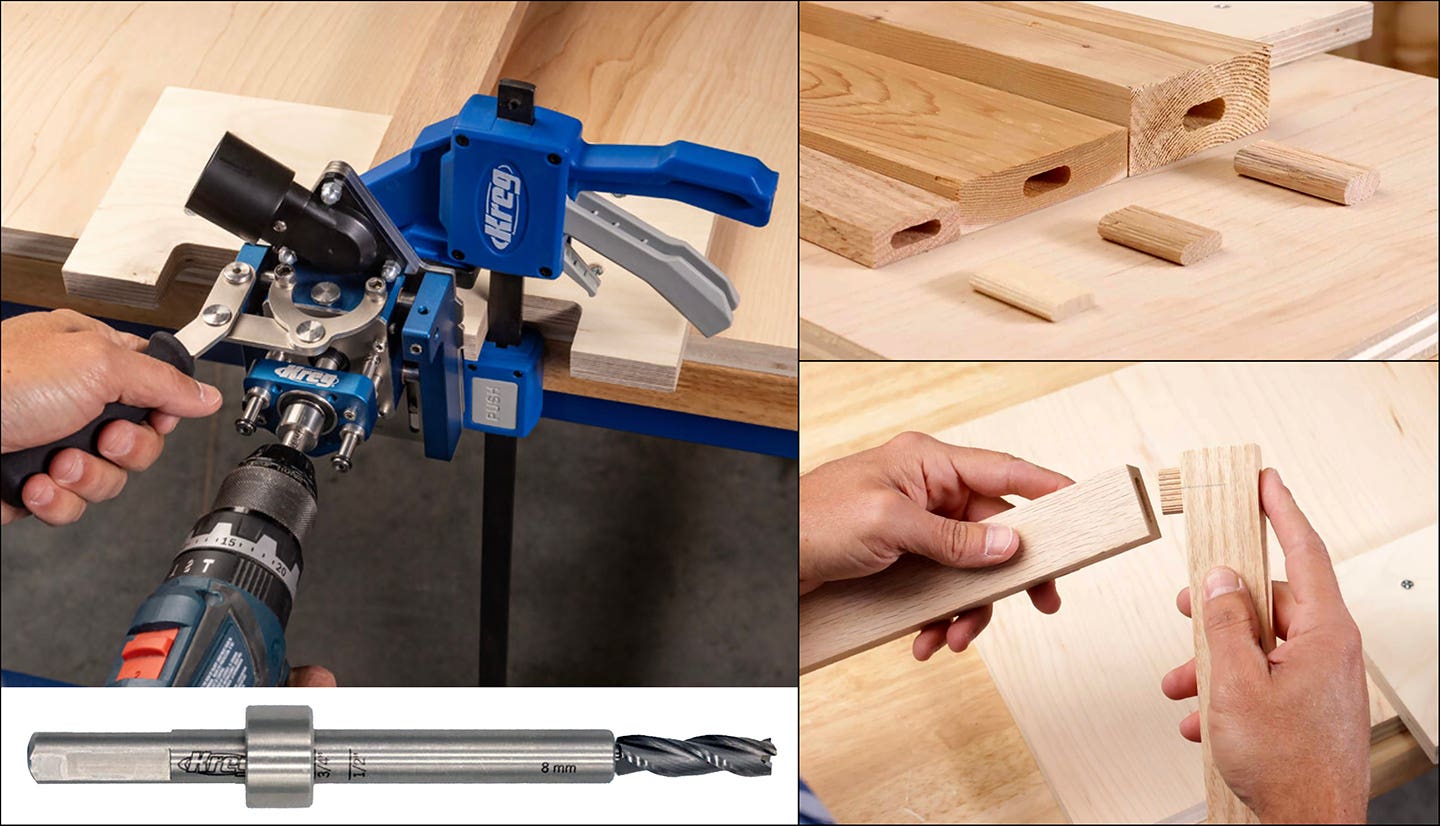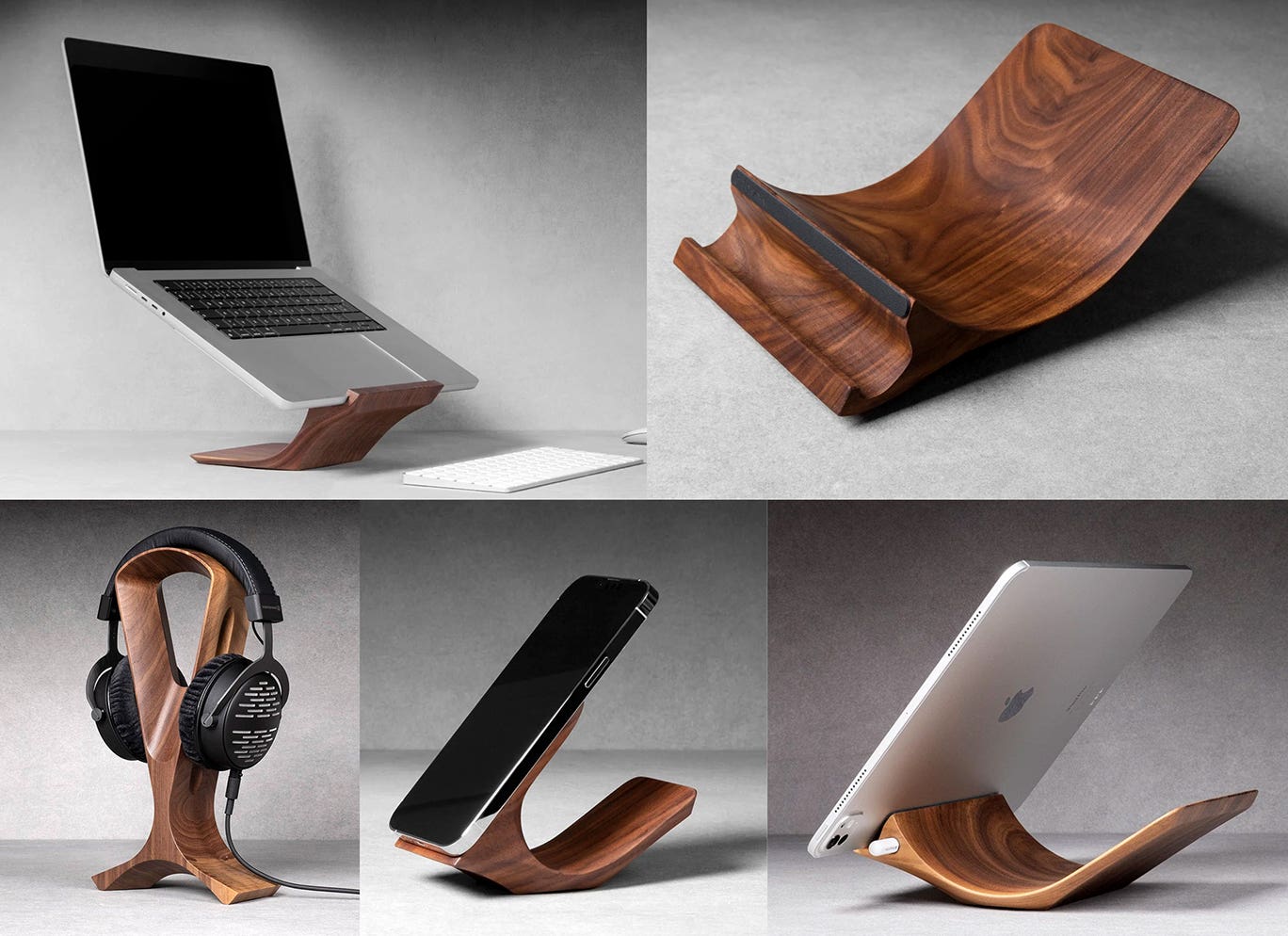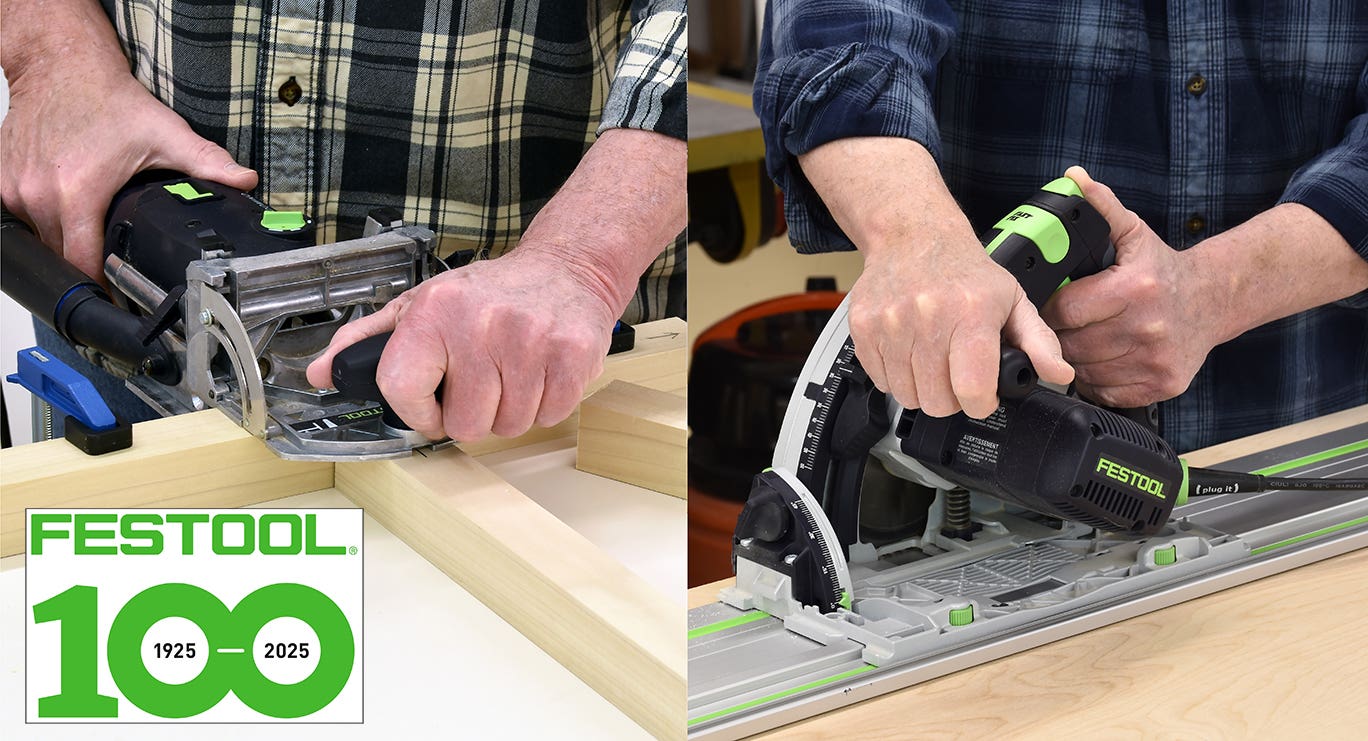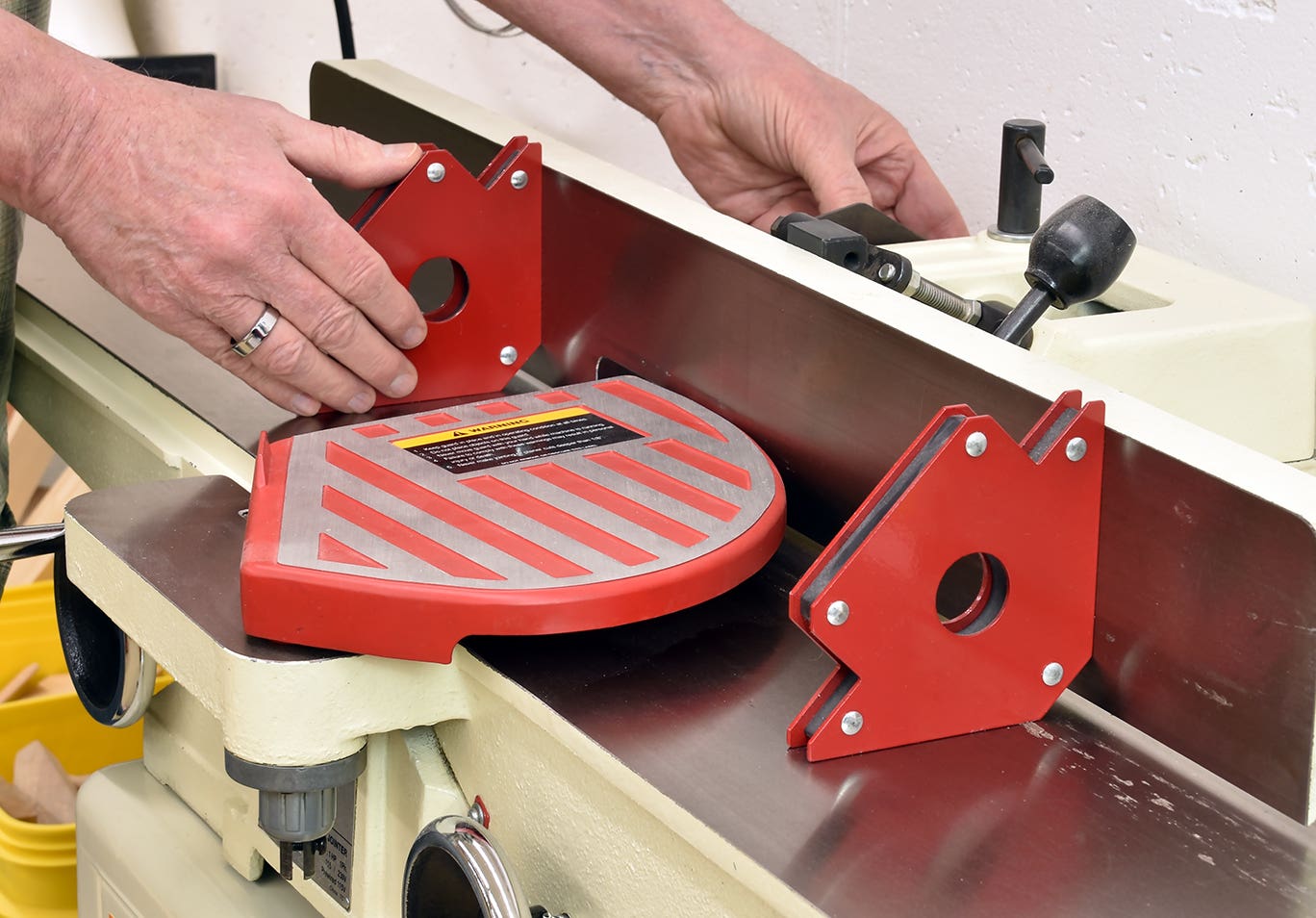Less than impressed
In his most recent “Taking Stock” column, Woodshop News Editor Tod Riggio discussed knock-off tool batteries. I decided to look a bit more deeply into them.
In his most recent “Taking Stock” column, Woodshop News Editor Tod Riggio discussed knock-off tool batteries. I decided to look a bit more deeply into them.
Call them what you want – knock-off, counterfeit, fake, generic – I’ve never been a fan of non-name brand products. Tod referenced a report from the Power Tool Institute saying that cheap knock-off batteries are, at best, underperformers. At worst, however, they can pose a serious danger.
Any counterfeiter can reverse-engineer a battery, but the proprietary circuitry relationship between the original tool/battery/charger can’t be copied. So, yeah, the fake battery may supply 18 volts to your 18-volt tool, but there’s a heck of a lot more going on under the hood that just isn’t matching up.
Minimally, the battery just won’t work as well. From there and moving up the list of dangers is that the battery can get hotter than a real one, can burst, can catch fire, or can just up and explode. Any one of these can damage your tool or charger, which is a downer if you’re still around after everything got all explodey. As an aside, even just using a fake battery in your tool will likely void the tool’s warranty; forget about warranty service if it’s damaged.
In the photo above, notice that the two batteries look nearly identical, right down to the colors and font style. The one on the right is the genuine battery that came with that Makita impact driver, the one on the left is a knock-off I bought on Amazon for $18. (A real Makita BL1820B Li-On battery costs about $89 at an authorized Makita retailer.) Working with it on our concrete patio, I tried it out. Note: I have more than one of these drivers, and three Makita chargers, so I wasn’t too concerned about losing one for the sake of journalistic curiosity.
First of all, there’s no way that’s a 3.0Ah battery at the same size – and 1-1/2 ounces lighter – as the real 2.0Ah one. It did get warmer than my real battery in use, and the driver ran only a fraction of the time versus with the real battery. It also got a lot warmer when charging. On one of the charging cycles, I started getting an error light and the battery would not charge further. The charger was fine, but I have serious doubts about the current condition of that battery. Rest assured that it’ll be recycled and out of my house shortly after I finish this.
Of course, your mileage may vary and your bargain battery may (emphasis on “may”) work OK. But the bottom line on all this is that saving money by not getting brand-name batteries can’t compare to the possible danger of owning and using one of these fakes. If you want to save money, buy dollar-store mayonnaise instead. At least with generic mayo, the worst you’ll get is a sub-par sandwich.
A.J. Hamler is the former editor of Woodshop News and Woodcraft Magazine. He's currently a freelance woodworking writer/editor, which is another way of stating self-employed. When he's not writing or in the shop, he enjoys science fiction, gourmet cooking and Civil War reenacting, but not at the same time.



